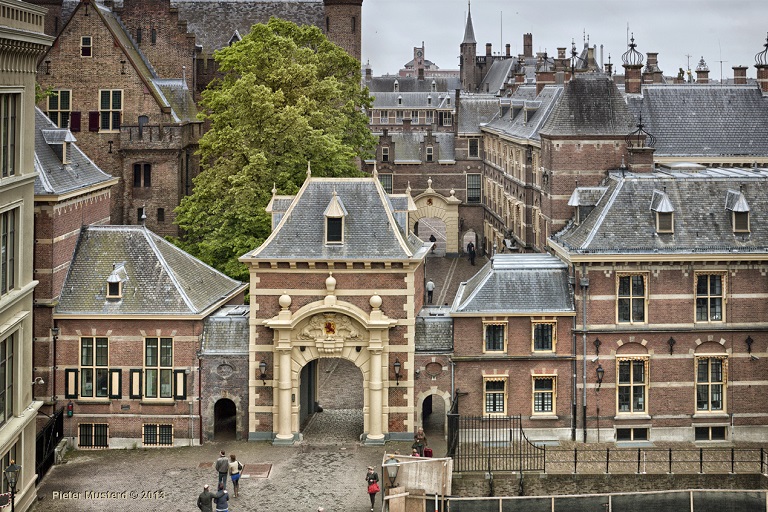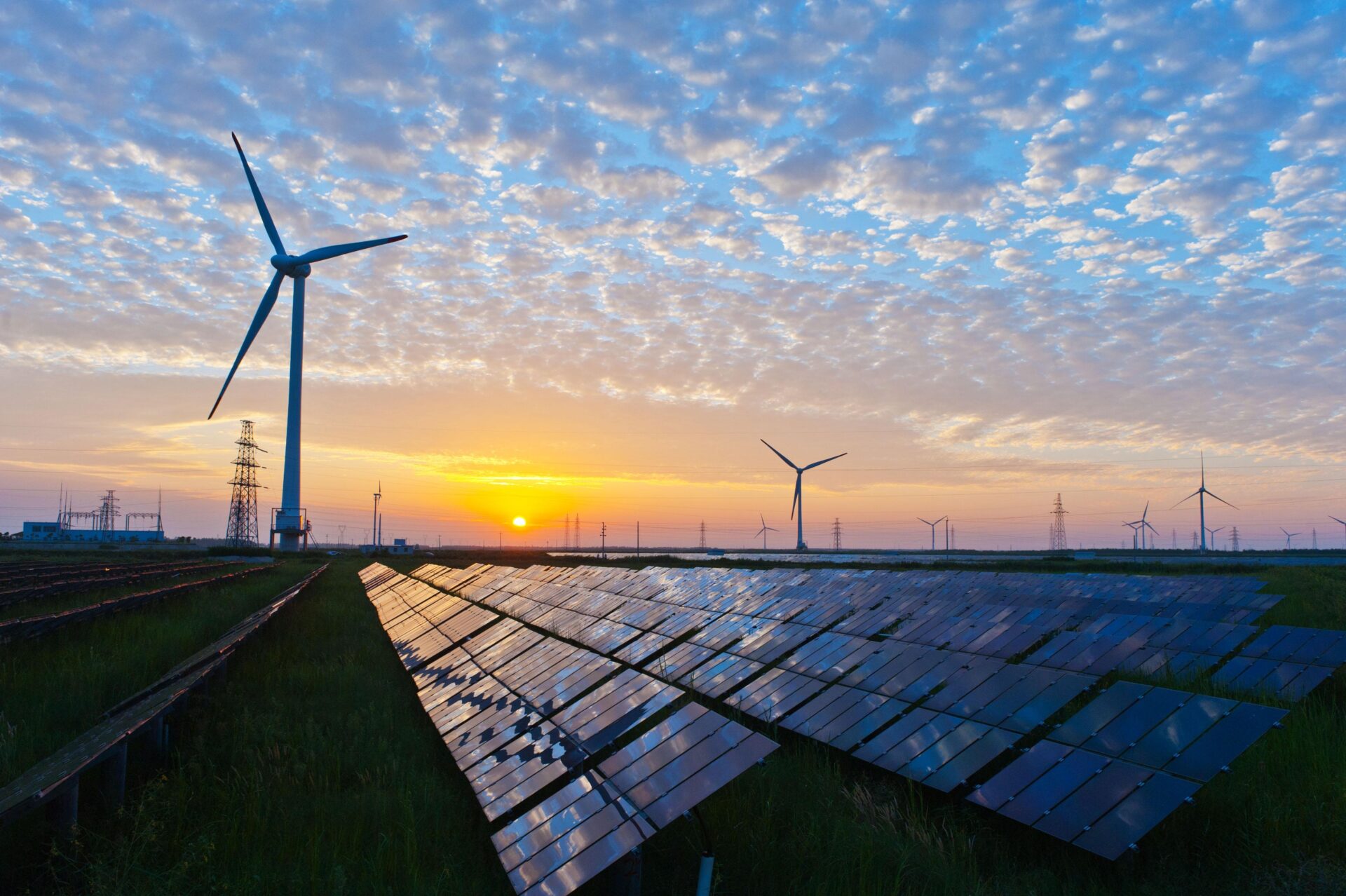Market regulation: who does what?
On March 23, the Ministry of Economic Affairs published the results of the public consultation on the market organization of hydrogen. The 48 responses showed that private and public parties differ on what the organization of the market should look like.
There is a clear picture about hydrogen production and transport network development. The Ministry of Economic Affairs wants to take the transport network into public hands and invest it in Gasunie. Gasunie's role must also be secured in legislation and regulations. The Minister of Climate and Energy, Rob Jetten, also believes that hydrogen production is reserved for private parties. That grid managers or network companies should not become commercial owners of molecules and electrons is also unequivocal according to GasUnie.
The contrast in the responses to the consultation is most clearly expressed in the discussion about who gets to decide where electrolysers will be located. Gasunie argues that steering for the locations of electrolysers is very important. They see a facilitating role for themselves. Energie Nederland, on the other hand, believes that market parties themselves should have the freedom to determine where electrolysis installations are located. Directing too much could have an inhibiting effect. Several energy companies do see the advantage of steering on locations for large-scale electrolysis, especially in relation to offshore wind.A middle ground where there is some degree of steering, as advocated by Shell and VEMW among others, seems a possible compromise.
A similar discussion surrounds whether network companies should have a role in the development and ownership of storage and import/export terminals. According to network companies and governments, there are public interests involved, such as security of supply. Market parties agree with a combination of private and public parties in storage, but they do not see a role for network companies in import terminals. Opinions are also divided when it comes to allowing private hydrogen networks.
The discussion about the future market organization of hydrogen and hydrogen infrastructure thus falls along traditional lines. Governments and grid operators see public duties in many areas, such as determining the location of electrolyzers. While market participants see various parts of the market, such as storage and imports, as private matters. Now that the net has been collected and opinions are known, it is up to the ministry and politicians to make the necessary decisions.
The political context
During the April 13 hydrogen committee debate, it became clear that many MPs were calling for clarity in the hydrogen market. Among others, Erkens (VVD) called on the minister to make a "cut" in the market, with the government responsible for infrastructure and companies for production. Thijssen (PvdA) also agreed that the government should be responsible for the infrastructure. He mentioned during the debate that we could transform GasTerra into HydroTerra. This would give the government a grip on the hydrogen and gas market. Bontenbal (CDA), on the other hand, believes that there is too much focus on parts of the market and warns that this relegates responsibility for security of supply to the background. The hydrogen market should also be more integrated, he argues. Prior to the debate, Boucke (D66) and Erkens (VVD) published a plan to increase the Dutch ambition from 4GW to 8GW of green hydrogen by 2030.
The Minister for K&E confirmed that the development of a national transport network for hydrogen should be in public hands, and that he has Gasunie in mind for this purpose. Minister Jetten also indicated that the development of electrolysers is in principle reserved for private parties. The condition he does mention is that public parties must be in the picture in case there is not enough upscaling. As far as he is concerned, this only leaves room for network companies in electrolysis if the market fails.
In the two-minute debate following the hydrogen committee debate, the House called on the minister to provide clarity about the market organization of the hydrogen market. Several groups asked for scaling up the production of green hydrogen or rules on (the origin of) imports of green hydrogen. Minister Jetten agreed with increasing the ambition as proposed by Erkens (VVD) and Boucke (D66) and will indicate in a letter next summer how this doubling can be realized. Several motions also called on the cabinet not to make the Netherlands disproportionately dependent in importing hydrogen from one particular country.
Europe is ambitious
This summer, the European Commission (EC) presented the "Fit For 55" package. Within that package, the EC is working on the revision of the Renewable Energy Directive (RED II). Part of this revision are binding national targets for the share of green hydrogen in the industrial and mobility sectors. Thus, half of all hydrogen consumed in industry should be green by 2030. For mobility, 2.6% of all transport fuels should be Renewable Fuels of Non-Biological Origin (RFNBOs), or hydrogen-based fuels.
It will be challenging for the Netherlands to achieve the required amounts of green hydrogen by 2030, both in terms of the production of green hydrogen and the costs involved. Achieving this goal in 2030 will become even more challenging if Dutch industry chooses to make its processes more sustainable through green hydrogen. In a study three scenarios on the feasibility of the hydrogen targets from the Fit For 55 package. At present, Dutch industry consumes about 98 PJ of hydrogen per year. In the least ambitious scenario, that is all, and of that 98 PJ, half (49 PJ) should be green by 2030. In the most ambitious scenario, CE Delft arrives at consumption of 195 PJ in 2030. If we add in mobility, the total need for green hydrogen is between 78 and 124 PJ. The low scenario is equivalent to about 9 GW of electrolysers linked to offshore wind in the Netherlands. An even more ambitious goal than the 8 GW ambition of D66 and VVD, in other words. The scenario, in which hydrogen consumption in industry thus does not increase, is ambitious but feasible, according to CE Delft. But the scenarios in which hydrogen consumption in industry increases (sharply) and at the same time half of total consumption has to be greened are far out of reach, according to the researchers.
In addition, the question is whether the directive will be clarified quickly enough to meet the targets. Indeed, in order to meet the green hydrogen targets, a start must be made now while there is still no certainty about the exact target and how this target will be translated into national policy. If the revision of the European directive is already implemented by the end of 2022, it would have to be implemented in national legislation by the end of 2024. Even to achieve the least ambitious scenario, the first projects will have to start as early as this year, according to CE Delft. With that said, it remains to be seen whether the European Commission will manage to implement the directive before the end of the year. Critics expect it to be completed only in 2023 or 2024. In the committee debate on hydrogen, Minister Jetten called for a flexible growth path toward 2030 for member states. Ahead of the Energy Council in June, the minister will inform the House of his position in the negotiations.
Much is still unclear in future hydrogen developments. Both in the area of market regulation and targets for green hydrogen, important decisions will be prepared within ministries, and politicians will have to make decisions. A letter is expected in May in which the minister will outline a picture of the location choice of electrolysis sites for hydrogen. There will also be a letter in the summer about offshore wind after 2030 and raising Dutch ambitions. In the fall, the Chamber will be informed about the hydrogen target in 2030 and the National Hydrogen Program. To be able to influence these processes, it is crucial to be well informed about the latest developments. Publieke Zaken will be happy to advise you on the best way to do this.


